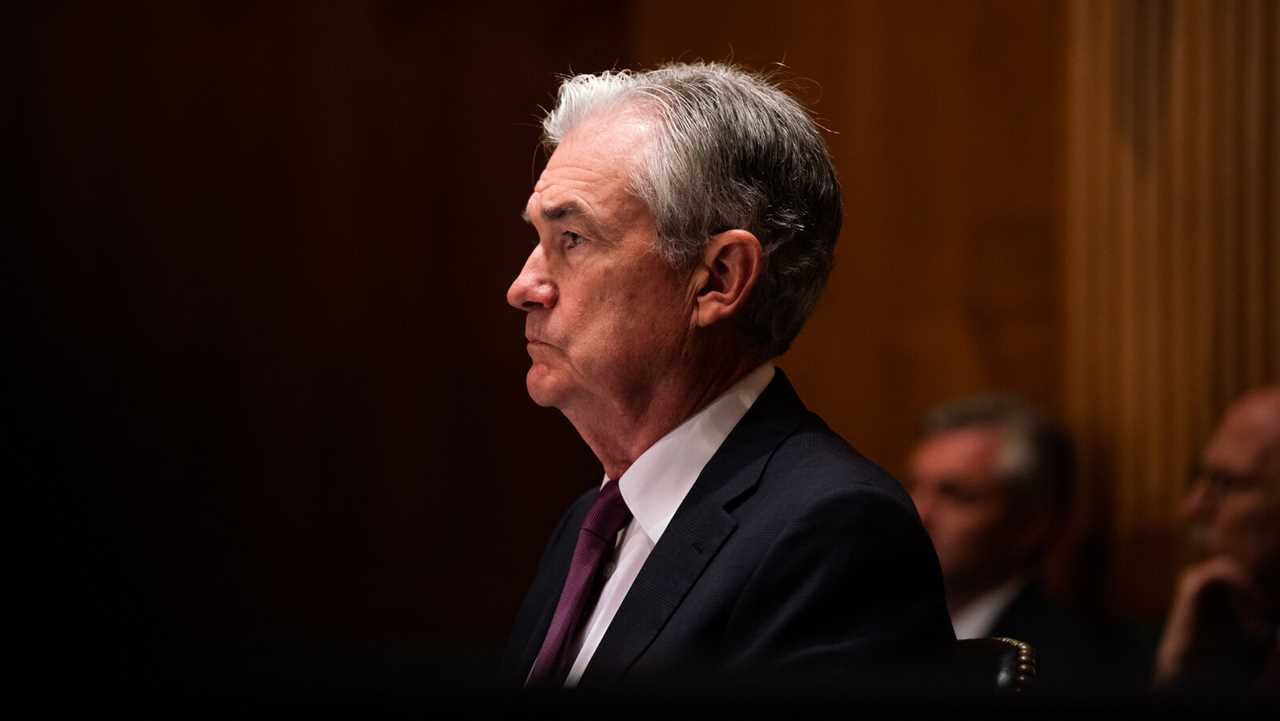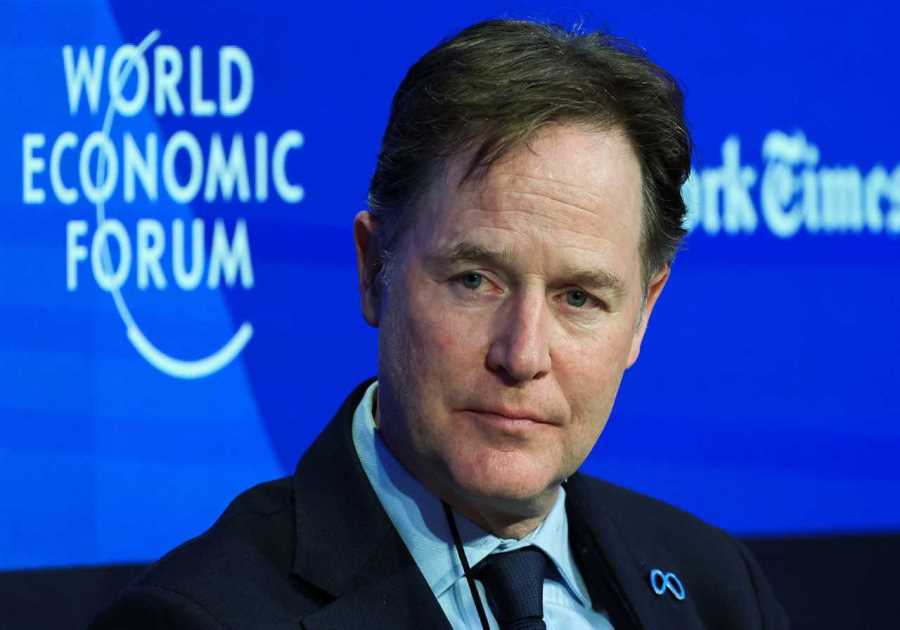
When Jerome H. Powell speaks at the Federal Reserve’s biggest annual conference on Friday, he will do so at a tense economic moment, as prices rise rapidly while millions of jobs remain missing from the labor market. That combination promises to test the meaning of a quiet revolution the central bank chair ushered in one year ago.
Mr. Powell used his remarks at last year’s conference, known as the Jackson Hole economic symposium and held by the Federal Reserve Bank of Kansas City, to announce that Fed officials would no longer raise interest rates to cool off the economy just because joblessness was falling and inflation was expected to heat up. They first wanted proof that prices were climbing sustainably, and they would welcome gains slightly above their 2 percent goal.
He was laying groundwork for a far more patient Fed approach, acknowledging the grim reality that across advanced economies, interest rates, growth and inflation had spent the 21st century slipping lower in a strength-sapping downward spiral. The goal was to stop the decline.
But a year later, that backdrop has shifted, at least superficially. Big government spending in response to the pandemic has pushed consumption and growth higher in the United States, and inflation has rocketed to levels not seen in more than a decade. The labor market is swiftly healing, though it has yet to fully recover. Now it falls to Mr. Powell to explain why full-blast support from the Fed remains necessary.
Investors initially expected Mr. Powell to use Friday’s remarks at the Jackson Hole conference to lay out the Fed’s plan for “tapering” — or slowing down — a large-scale bond buying program it has been using to support the economy. Fed officials are debating the timing of such a move, which will mark their first step toward a more normal policy setting. But after minutes from the central bank’s July meeting suggested that the discussion remained far from resolved, and as the Delta variant pushes coronavirus infections higher and threatens the economic outlook, few now anticipate a clear announcement.
“Two to three months ago, people were expecting the whole taper plan at Jackson Hole,” said Priya Misra, head of global rates strategy at TD Securities. “Now, it’s more the economic outlook that people are struggling with.”
Mr. Powell’s speech, which will be virtual, could instead give him a chance to explain how the Fed is thinking about Delta variant risks, recent rapid inflation and labor market progress — and how all three square with the central bank’s policy approach.
The Fed is buying $120 billion in government-backed bonds each month, and it has kept its main interest rate near zero since March 2020. Both policies make borrowing cheap, fueling spending by businesses and households and bolstering the labor market.
Officials have clearly linked their interest rate plans to their new framework: They said in September that they would not lift rates until the job market reached full employment. Bond buying ties back less directly, but it serves as a signal of the Fed’s continued patience.
Critics of the Fed’s wait-and-see stance have questioned whether it is wise for the Fed to buy mortgage-backed and Treasury debt at a rapid clip when home prices have soared and inflation has been taking off. Republican lawmakers and some prominent Democrats alike have worried that the Fed is being insufficiently nimble as economic conditions change.
“They chose a framework that was designed to provide a commitment to a highly dovish policy,” said Lawrence H. Summers, a Treasury secretary in the Clinton administration and an economist at Harvard University. “The problem morphed into overheating being the big concern, rather than underheating.”
Inflation jumped to 4 percent in June, based on the Fed’s preferred measure. Most economists expect rapid price gains to fade as pandemic-related supply bottlenecks clear up, but it is unclear how quickly and fully that will happen.
And while there are still nearly seven million fewer jobs than there were before the pandemic, unfilled positions have jumped, wages for lower earners are taking off, and employers widely complain about being unable to hire enough workers. If labor costs remain higher, that, too, could cause longer-lasting inflation pressures.
Some Fed officials would prefer to slow bond purchases soon, and fast, so that the central bank is in a position to raise interest rates next year if price pressures do become pernicious.
Other policymakers see today’s rising prices and job openings as trends that are destined to abate. Companies will work through supply-chain disruptions, and consumers will spend away savings they amassed from government stimulus checks and months stuck at home. Workers will settle into jobs. When things return to normal, they reason, the tepid inflation of years past will probably return.
Given that view, and the fact that the labor market is still missing so many positions, they argue that the Fed’s new policy paradigm calls for patience.
At the central bank’s meeting in late July, minutes showed, a few officials fretted that the Fed “would need to be mindful of the risk that a tapering announcement that was perceived to be premature could bring into question the committee’s commitment to its new monetary policy framework.”
Mr. Powell typically tries to balance both concerns in his public remarks, acknowledging that inflation could remain elevated and pledging that the Fed will react if it does. But he has also emphasized that recent price pops are more likely to fade and that the central bank would prefer to remain helpful as the labor market healed.
But in the months ahead, the Fed will need to make actual decisions, putting the meaning of its new framework to a very public test. Economists generally expect the central bank to announce a plan to slow its bond purchases in November or December.
Once that taper is underway, attention will turn to interest rates, most likely with inflation still above 2 percent and the labor market recovery still at risk. When the Fed lifts rates will determine just how transformative the new policy framework has been.
As of the Fed’s June economic forecasts, most officials did not expect to raise borrowing costs from rock bottom until 2023. If that transpires, it will be a notable shift from years past, one that allows the labor market to heal much more completely before significantly removing monetary help.
In 2015, when the Fed last lifted interest rates from near zero, the joblessness rate was 5 percent and 77 percent of people between the ages of 25 and 54 worked. Already, joblessness is 5.4 percent and 78 percent of prime-age adults work.
In fact, Fed officials projected that rates would remain on hold even as joblessness fell to 3.8 percent by the end of next year — below their estimate of the rate consistent with full employment in the longer run, which is about 4 percent.
“That’s the most exciting part of what’s changed: They’re shooting for an ambitious prepandemic labor market,” said Skanda Amarnath, executive director of Employ America, a group that tries to persuade economic policymakers to focus on jobs. “Some fig leaf of progress is not enough.”
But risks loom in both directions.
If inflation remains high and an overly sanguine Fed has to rapidly reverse course to try to contain it, that could precipitate a painful recession.
But if the Fed withdraws support unnecessarily, the labor market could take longer to heal, and investors might see the changes that Mr. Powell announced last year as a minor tweak rather than a meaningful commitment to raising inflation and fostering a more inclusive labor market.
In that case, the economy might plunge back into a cycle of long-run stagnation, much like the one that has confronted Japan and much of Europe.
“This is going to be an episode that will test the patience and credibility of the Federal Reserve,” said David Wilcox, a former Fed staff official who is now director of U.S. economics research at Bloomberg Economics.
Did you miss our previous article...
https://trendinginthenews.com/usa-politics/biden-sticks-to-afghan-deadline-resisting-pleas-to-extend-evacuation






